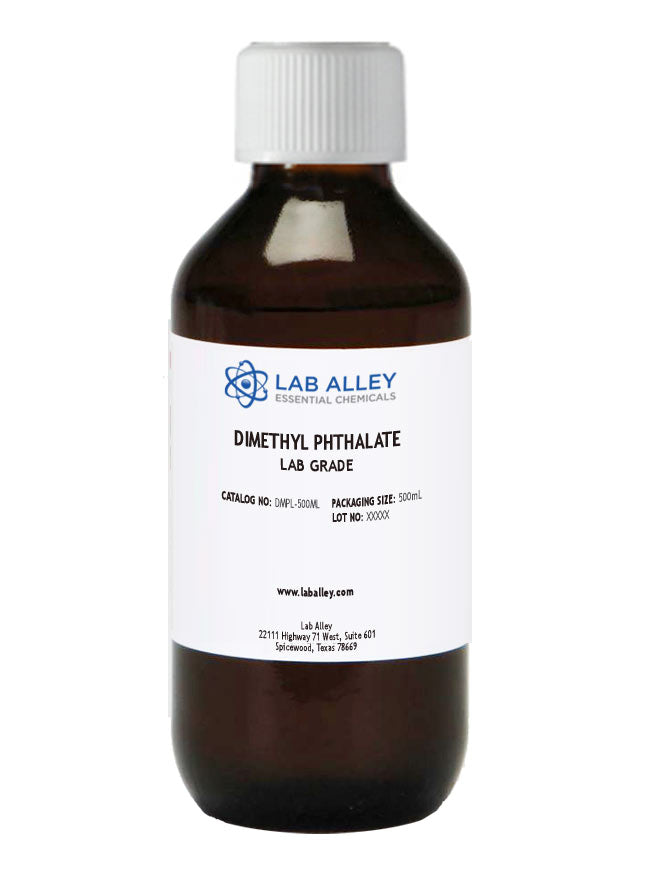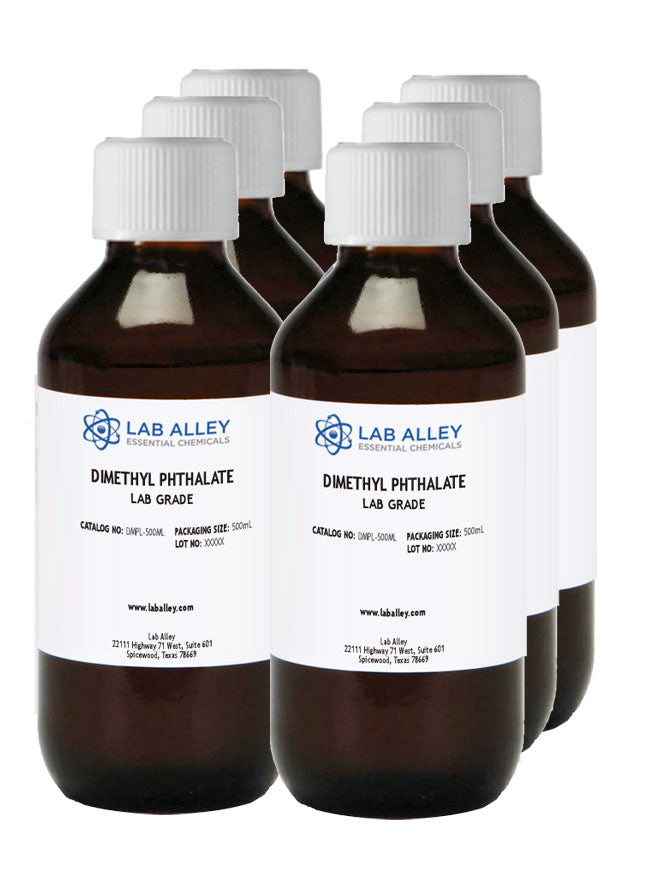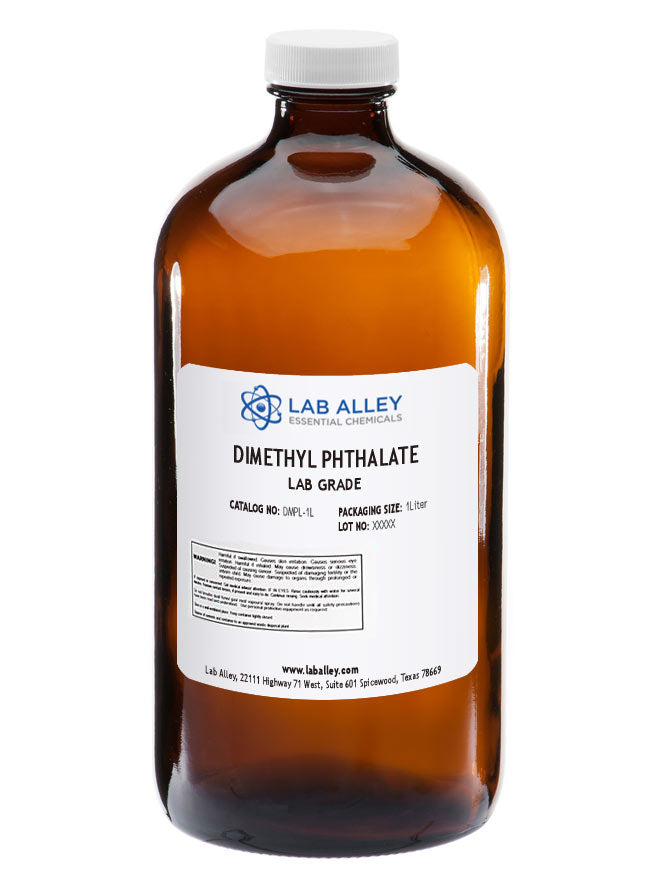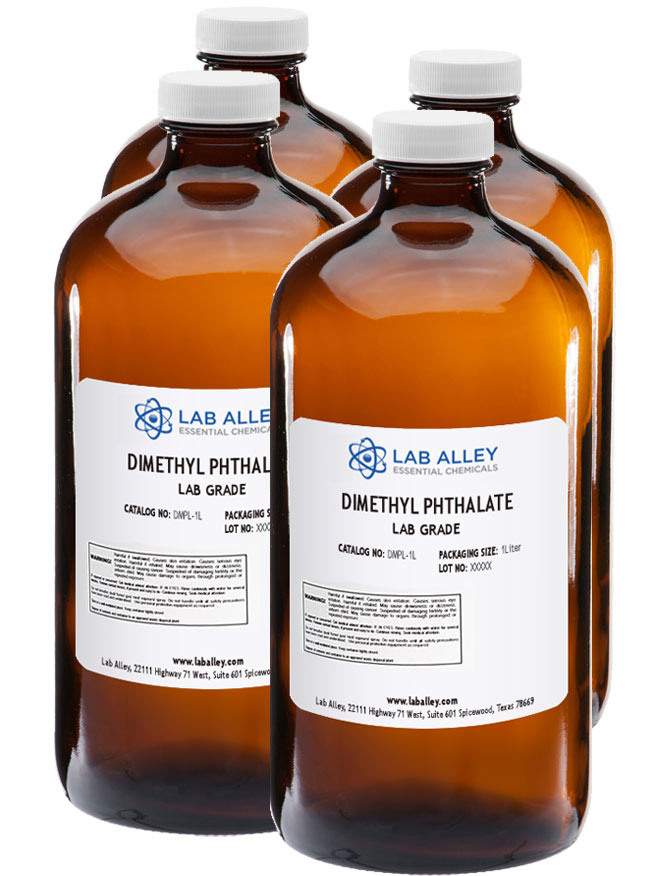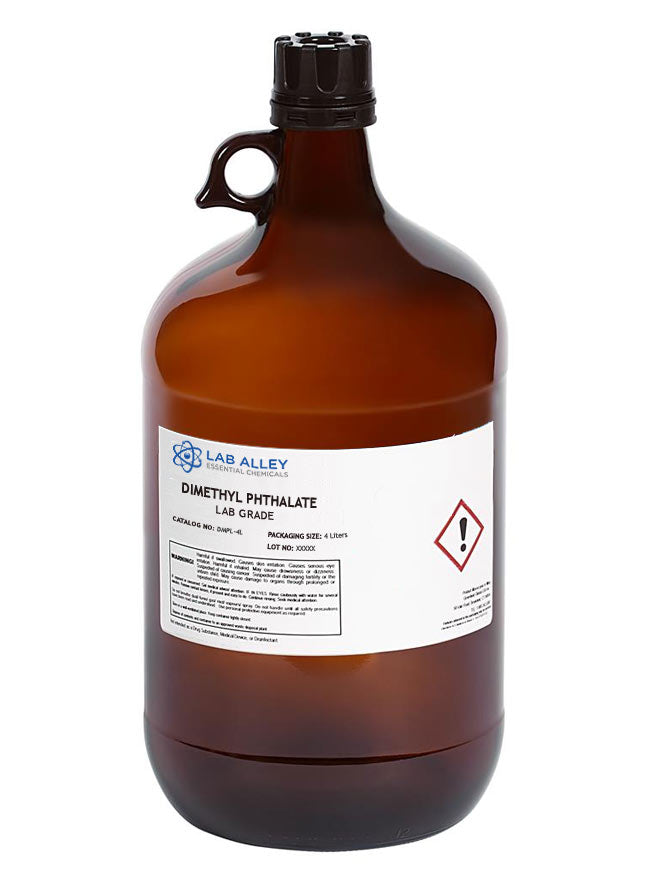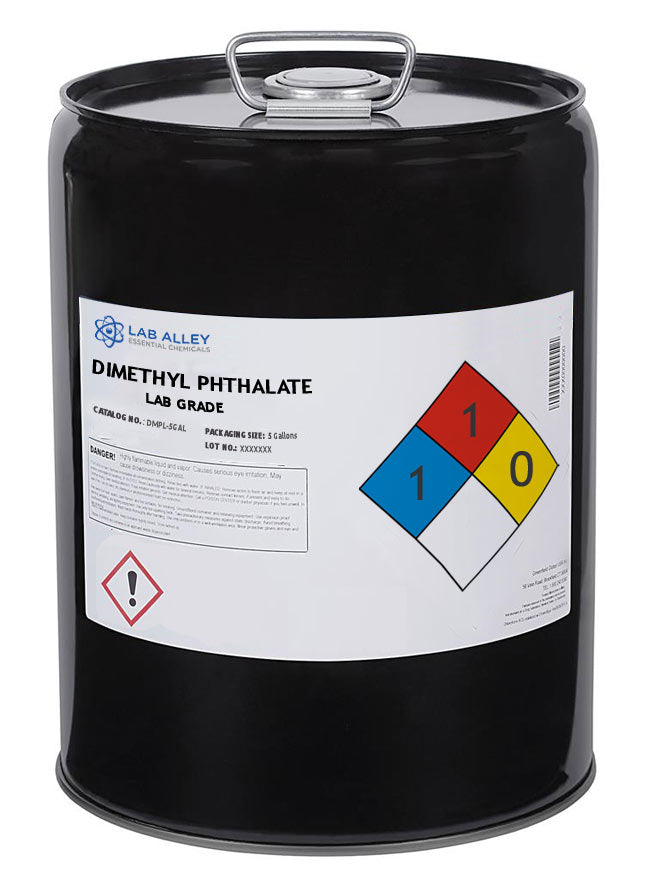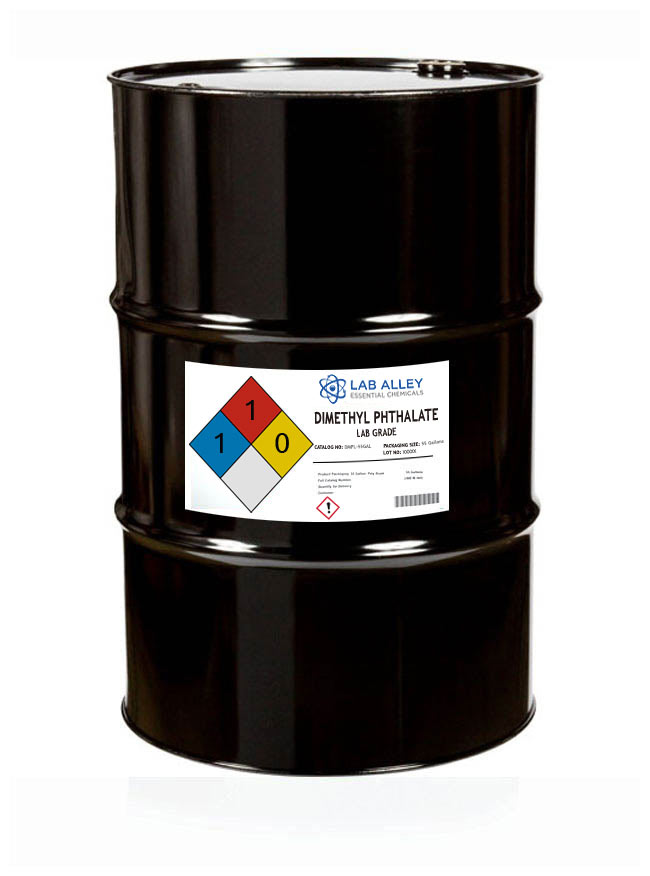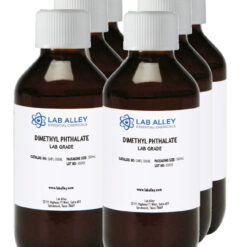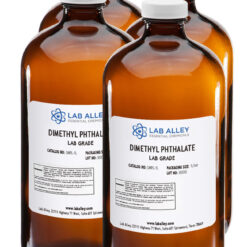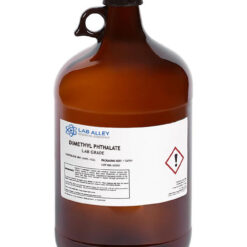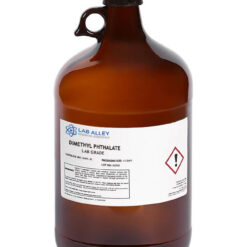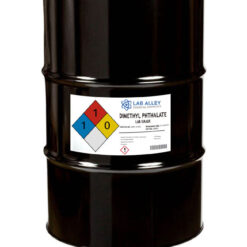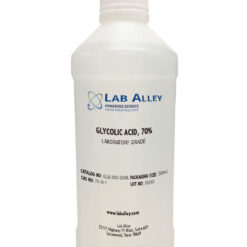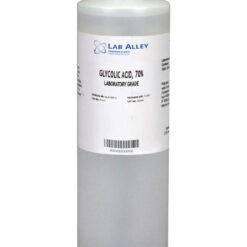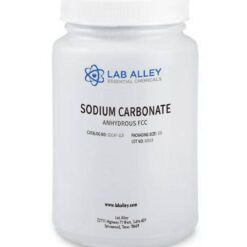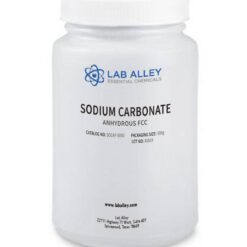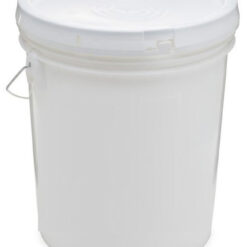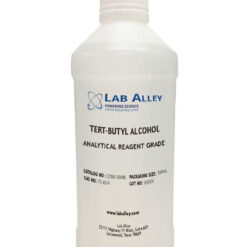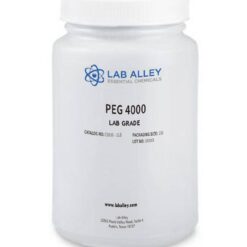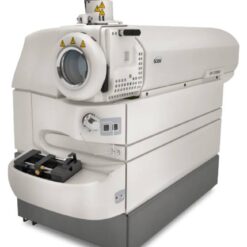Dimethyl Phthalate ≥99% Lab Grade
$87.00 – $2,700.00
About Dimethyl Phthalate 99% Lab Grade
Dimethyl phthalate, often abbreviated as DMP, is a chemical compound with the molecular formula C10H10O4. It is an organic ester that is derived from phthalic acid and methanol. The “Lab Grade” designation suggests that the Lab Alley Dimethyl Phthalate is a high-purity grade intended for use in laboratory or research settings.
Common Uses and Applications
- Cosmetics and Fragrances: In cosmetics and fragrances, DMP can be used as a fixative to help stabilize scents and perfumes.
- Pharmaceuticals: In some pharmaceutical formulations, dimethyl phthalate may be used as an excipient or an ingredient in drug delivery systems.
- Solvent: DMP can be used as a solvent in chemical processes and in the formulation of various products, such as adhesives, coatings, and perfumes. It can dissolve a wide range of organic compounds.
- Laboratory Research: In laboratory settings, dimethyl phthalate (usually in high-purity grades like the 99% lab grade you mentioned) may be used as a reagent in chemical reactions or as a reference material for analytical techniques, such as gas chromatography or mass spectrometry. It can serve as a source of carbon and oxygen in organic synthesis.
- Plasticizer: Dimethyl phthalate is commonly used as a plasticizer in the production of plastics and resins. It helps increase the flexibility and durability of plastics, making them more suitable for various applications, including the manufacturing of PVC products, coatings, and films.
- Repellent: DMP has been used as a component in insect repellents and as a plasticizer in materials like flypaper.
- Chemical Intermediate: It can be used in the synthesis of various organic compounds, including phthalate esters and phthalimide derivatives.
- Textile Industry: In the textile industry, dimethyl phthalate can be used as a finisher for fabrics to impart water and wrinkle resistance.
Industries
- Personal Care & Cosmetics
- Research & Development
- Pharmaceuticals
- Plastic Industry
- Textile Industry
Chemistry Table
| 131-11-3 | |
| C10H10O4 | |
| 194.18 | |
| Fermine, Solvanom, Avolin, Solvarone, Phthalic acid dimethyl ester, DMF | |
| 8554 | |
| Lab | |
| >99+% | |
| Dimethyl Phthalate |
Dimethyl Phthalate 99% Lab Grade Specifications
| Assay | 99.50 min. |
| Appearance | Transparent Oily Liquid |
| Acidity Content as % | 0.050 max. |
| Color (APHA) | 20 max. |
| Moisture Content, % | 0.15 max. |
| Specific Gravity at 20C | 1.188+0.0050 |
| Refractive Index at 20C | 1.1512+0.002 |
Safety and Handling
Acute (short-term) exposure to dimethyl phthalate, via inhalation in humans and animals, results in irritation of the eyes, nose, and throat. Animal studies have reported slight effects on growth and on the kidney from chronic oral exposure to the chemical. Read more here. Diethyl phthalate is not known to cause cancer in humans or animals.
The major hazards encountered in the use and handling of dimethylphthalate stem from its toxicologic properties. Toxic by all routes (ie, inhalation, ingestion, dermal contact), exposure to this colorless, oily liquid (or pale-yellow crystals at temperatures below 42 °F) may occur from its use as a plasticizer or solvent. Effects from exposure may include contact burns to the skin and eyes, confusion, ataxia, clonic jerking, coma, seizures, and possibly death. Read more here.
| Weight | 1361 lbs |
|---|---|
| Model | 500mL, 6 x 500mL Case, 1 Liter, 4 x 1 Liter Case, 1 Gallon, 4 x 1 Gallon Case, 4 Liters, 4 x 4 Liters Case, 5 Gallons, 55 Gallons |

